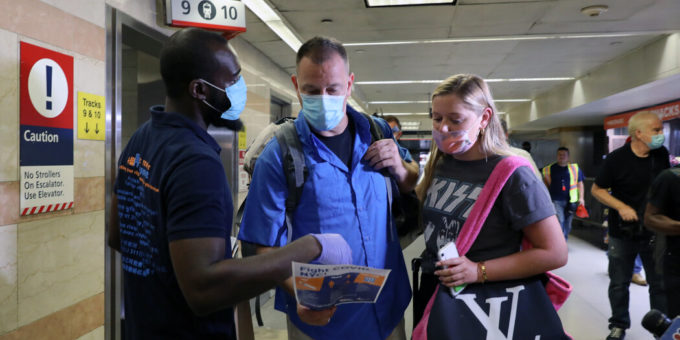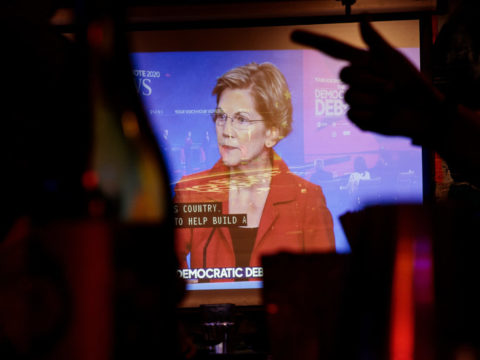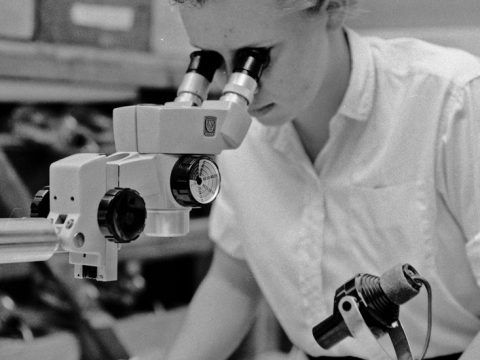
The coronavirus has spiked in states that border New York, with the rates of new cases hitting a point that is supposed to trigger restrictions on travelers entering New York.
But on Tuesday, Gov. Andrew M. Cuomo excluded neighboring New Jersey, Connecticut and Pennsylvania from New York’s quarantine list, saying there was “no practical way” to enforce such a limitation.
The vast numbers of commuters crossing state borders, particularly from New Jersey and Connecticut, would make a quarantine nearly impossible to carry out, he said.
“There are too many interconnections,” Mr. Cuomo said on a phone call with reporters. “There are too many people who live in one place and work in the other,” he said, adding that it “would have a disastrous effect on the economy.”
Initially on Tuesday, a senior adviser to Mr. Cuomo said Pennsylvania would be placed on the state’s quarantine list, marking the first time travelers from a neighboring state would have been required to quarantine upon arrival. But the governor’s office later said that Pennsylvania would not be on the list.
From its inception, the travel advisory was plagued by doubts that states so geographically and economically connected could quarantine from each other. Mr. Cuomo acknowledged that enforcement would also be difficult, noting that most visitors from Pennsylvania traveled to New York by car or truck, rather than by plane or train, where people can be stopped at airports and stations.
Still, Mr. Cuomo said that all nonessential travel among New York and the three states should be avoided.
On Tuesday, news of a possible quarantine on Pennsylvania quickly drew criticism from some elected officials who expressed concerns about how Mr. Cuomo’s order would affect the economy and daily life on the Southern Tier region, a predominantly rural part of New York that runs parallel to the state. Pennsylvania also touches New Jersey’s western border, which is lined with suburbs and cities, including the capital, Trenton.
“We have a lot of employees coming in from Pennsylvania,” said Representative Tom Reed, a Republican who represents the Southern Tier, noting that many work in manufacturing and health care. “These are critical pieces of these communities.”
In June, when New York, New Jersey and Connecticut announced a joint effort to require travelers from states with high positivity rates to quarantine for two weeks, their goal was to blunt the spread of the virus from places outside the region.
At the time, all three states had largely controlled their coronavirus outbreaks after a devastating and deadly spring. The travel advisory was a bid to maintain that progress as cases rose elsewhere in the country.
States have been added to the quarantine list when they reach either a 10 percent positivity rate or an average of 10 cases for every 100,000 residents for seven days. (Both New Jersey and Connecticut have previously placed the adjacent states of Delaware and Rhode Island on a quarantine list.)
As of Tuesday, Mr. Cuomo said more than 40 places now exceeded that threshold, something he called “really a bizarre outcome.”
That includes New Jersey and Connecticut, two neighbors to New York that have worked together for months to try to coordinate response to the coronavirus crisis. New Jersey, with a population of nearly 8.88 million, has reported an average of 1,016 cases in the last seven days, according to a New York Times database. Officials there have warned of community spread and blamed the uptick on private gatherings.
Connecticut, home to about 3.56 million residents, had an average of 378 cases and recently began a program of targeted shutdowns in cities and towns with particularly high rates of new cases.
New York, which has suffered more than 32,000 coronavirus deaths, more than any other state, has also seen increases in cases in recent weeks, after outbreaks in New York City and its suburbs — though Mr. Cuomo has taken pains to compare the status of his state favorably with others.
“New York is doing so much better than the other states,” Mr. Cuomo said on Tuesday, adding, “The norm in the country is going up. We are not going up the way the norm in the country is going up.”
Still, hospitalizations in New York have regularly surpassed 900 in October, the highest level since late June, and many regions throughout the state are seeing the rate of positive tests for infections rise above 1 percent, a benchmark which the governor has cited as a manageable level for a still-raging national pandemic
New York state officials have been monitoring the state’s airports to ensure compliance, and New York City’s mayor created checkpoints at bridges, tunnels, and train and bus stations in an attempt to inform travelers about the rules.
But the state governments have acknowledged that they cannot track every traveler, and many travelers have openly skirted the rules.
Fines and enforcement vary from state to state. In New York, those who violate the quarantine order are subject to fines up to $10,000, and Connecticut has levied smaller fines against individuals. But New Jersey has called the advisory “voluntary,” and Gov. Phil Murphy has resisted calls to fine violators.
Some living along New York’s border agreed with the governor’s assertion that enforcement was impossible, but saw the value in at least raising the alarm.
Richard C. David, the Republican mayor of Binghamton, N.Y., said parts of his city are just miles from Pennsylvania and that his residents travel back and forth between the states constantly.
“A large part of this is just making sure that people are aware of what’s going on outside,” Mr. David said of risingpositivity rates in some areas. “You should know what you’re getting into.”













